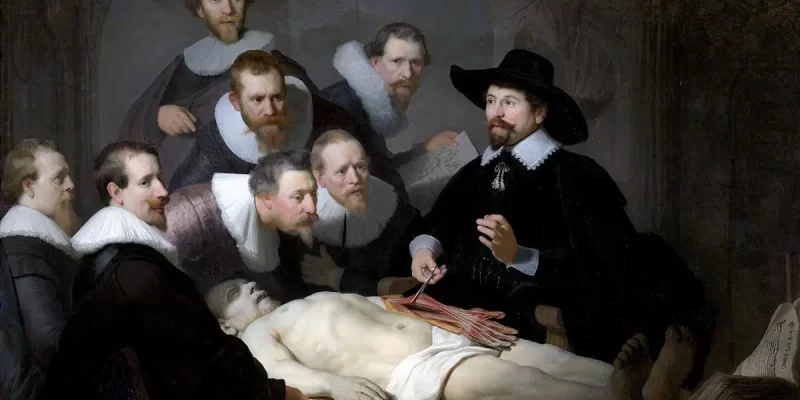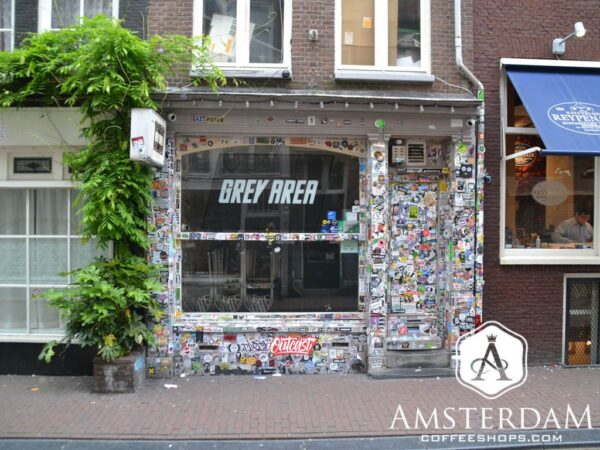When we think of art history, the Netherlands often stands out for its rich artistic heritage, particularly during the 17th century, known as the Dutch Golden Age. This period birthed numerous renowned artists whose works continue to captivate audiences today. From breathtaking landscapes to intimate portraits, the Famous Holland Painters have left an indelible mark on the art world. This article will explore eight of the most influential Dutch artists, examining their unique styles, contributions, and enduring legacies.
Rembrandt van Rijn: The Master of Light and Shadow
Rembrandt van Rijn (1606–1669) is arguably one of the most famous of the Famous Holland Painters. His mastery of chiaroscuro— the technique of using strong contrasts between light and dark—revolutionized portrait painting. Rembrandt’s self-portraits offer a profound insight into his psychological state, capturing the complexities of the human experience.
His most notable works, such as “The Night Watch” and “The Anatomy Lesson of Dr. Nicolaes Tulp,” showcase his ability to convey emotion and narrative through composition. Rembrandt’s innovative approach not only influenced his contemporaries but also laid the groundwork for future generations of artists.
Famous Holland Painters: Johannes Vermeer: The Poet of Light
Another titan among the Famous Holland Painters is Johannes Vermeer (1632–1675). Known for his stunning use of light, Vermeer’s paintings often depict domestic scenes infused with tranquility and serenity. Works like “Girl with a Pearl Earring” and “The Milkmaid” exhibit his unparalleled ability to capture natural light and intricate detail.
Vermeer’s meticulous techniques involved layering and glazing, which enhanced the luminosity of his colors. Despite producing only about 35 paintings during his lifetime, his influence on impressionism and modern art is undeniable, solidifying his place among the greats.
Vincent van Gogh: The Expressionist Visionary
Vincent van Gogh (1853–1890) is perhaps the most recognized among the Famous Holland Painters, known for his emotive use of color and bold brushwork. His post-impressionist style broke away from traditional representation, emphasizing the artist’s feelings and perceptions rather than mere realism.
Van Gogh’s prolific output includes masterpieces like “Starry Night” and “Sunflowers,” which reveal his deep emotional turmoil and vibrant creativity. His letters to his brother Theo provide insight into his thoughts and struggles, allowing us to understand the man behind the art. Today, Van Gogh’s work inspires countless artists and continues to resonate with audiences worldwide.
Piet Mondrian: The Pioneer of Abstract Art
Piet Mondrian (1872–1944) is one of the most prominent figures in the development of abstract art, making him a significant name among the Famous Holland Painters. Known for his geometric compositions using primary colors, Mondrian sought to express universal beauty through simplicity and order. His famous grid-style paintings, such as “Composition with Red, Blue, and Yellow,” demonstrate his belief in the harmony of line and color.
Mondrian’s influence extends beyond the canvas; his ideas have permeated architecture, design, and even fashion, making him a crucial figure in modern art history.
Frans Hals: The Master of Portraiture
Frans Hals (1582–1666) is celebrated for his lively portraits that capture the essence of his subjects, placing him among the Famous Holland Painters. His loose brushwork and spontaneous style brought a sense of immediacy to his works, setting him apart from other portrait painters of his time.
Hals’ most famous paintings, such as “The Laughing Cavalier” and “The Archers of Saint Hadrian,” reveal his ability to convey personality and emotion through expression and gesture. His innovative techniques paved the way for future portraitists and left a lasting impact on the genre.
Jacob van Ruisdael: The Landscape Visionary
Jacob van Ruisdael (1628–1682) is a key figure in landscape painting, making him one of the notable Famous Holland Painters. His ability to convey the beauty and drama of nature set a new standard in landscape art. Works like “The Jewish Cemetery” and “View of Haarlem” showcase his skill in capturing atmospheric effects and natural light.
Ruisdael’s landscapes often reflect the sublime qualities of nature, portraying both its beauty and its power. His influence can be seen in the works of later landscape artists, who admired his mastery of composition and emotional depth.
Georges Lemmen: The Pointillist Innovator
Georges Lemmen (1865–1916) was a pioneering artist in the technique of pointillism, earning him recognition among the Famous Holland Painters. This method involves applying small dots of color to create a cohesive image, emphasizing the vibrancy and intensity of color.
Lemmen’s works, including “The Flower Girl,” exemplify his commitment to the pointillist technique, revealing a unique way of interpreting light and shadow. His innovative approach inspired many artists of the time, contributing to the evolution of modern painting.
Aelbert Cuyp: The Master of Light and Atmosphere
Aelbert Cuyp (1620–1691) is renowned for his serene landscapes and pastoral scenes, positioning him among the Famous Holland Painters. His works often depict the Dutch countryside bathed in golden sunlight, showcasing his exceptional skill in capturing atmospheric effects.
Cuyp’s paintings, such as “The Milkmaid” and “Landscape with Cattle,” evoke a sense of tranquility and harmony with nature. His ability to portray light and shadow adds depth and dimension to his work, making him a beloved figure in Dutch art.
Gerard ter Borch: The Subtle Chronicler of Dutch Society
Gerard ter Borch, born in 1617 in Zwolle, is known for his refined and elegant portraits, as well as his depiction of domestic scenes. Ter Borch’s paintings often focus on upper-class society, capturing moments of introspection or interaction with remarkable subtlety. His use of rich textures, particularly in his depiction of satin and velvet, is renowned.
The Gallant Conversation, also known as The Paternal Admonition, is one of his most famous works, highlighting his ability to suggest complex emotional dynamics through body language and gaze. Ter Borch’s influence on Dutch genre painting, particularly in the way he captured human interaction, can be seen in the work of later artists like Vermeer.
Esaias van de Velde: Pioneering Landscape Painter
Esaias van de Velde, born in 1587 in Amsterdam, was an early pioneer of Dutch landscape painting. His works are characterized by their detailed observation of nature and subtle use of color. Van de Velde’s landscapes, often depicting the Dutch countryside, were influential in shaping the direction of landscape painting in the Netherlands.
His ability to capture the atmosphere and mood of a scene, whether it be a peaceful riverbank or a bustling winter scene, set the stage for later Dutch landscape artists. Though not as well-known as some of his contemporaries, Van de Velde’s contribution to the development of landscape painting was crucial.
Conclusion
The Famous Holland Painters have shaped the course of art history through their innovative techniques, emotional depth, and stunning visuals. From the masterful portraits of Rembrandt and Hals to the serene landscapes of Ruisdael and Cuyp, these artists have left a legacy that continues to inspire. Their works remind us of the power of art to convey the human experience, making them timeless figures in the world of creativity.
FAQs
Q1. Who are some of the most famous holland painters?
Some of the most famous Dutch painters include Rembrandt van Rijn, Johannes Vermeer, Vincent van Gogh, and Piet Mondrian, all of whom made significant contributions to the art world.
Q2. What characterizes the art of the Dutch Golden Age?
The art of the Dutch Golden Age is characterized by realism, attention to detail, and an emphasis on light and shadow. It includes genres such as portraiture, still life, and landscape painting.
Q3. How did the Dutch painters influence modern art?
Famous holland painters like Van Gogh and Mondrian influenced modern art through their innovative techniques and styles, inspiring movements such as impressionism and abstract art.
Q4. Why is Rembrandt considered a master painter?
Rembrandt is considered a master painter due to his unparalleled ability to depict human emotion, his innovative use of light and shadow, and his profound understanding of the human condition.
Q5. What techniques did Vermeer use in his paintings?
Vermeer used techniques such as layering, glazing, and chiaroscuro to create depth and luminosity in his paintings, allowing him to capture the effects of natural light beautifully.
Also read: Red Light District Glasgow: 10 Reasons Why It Will Amaze You












